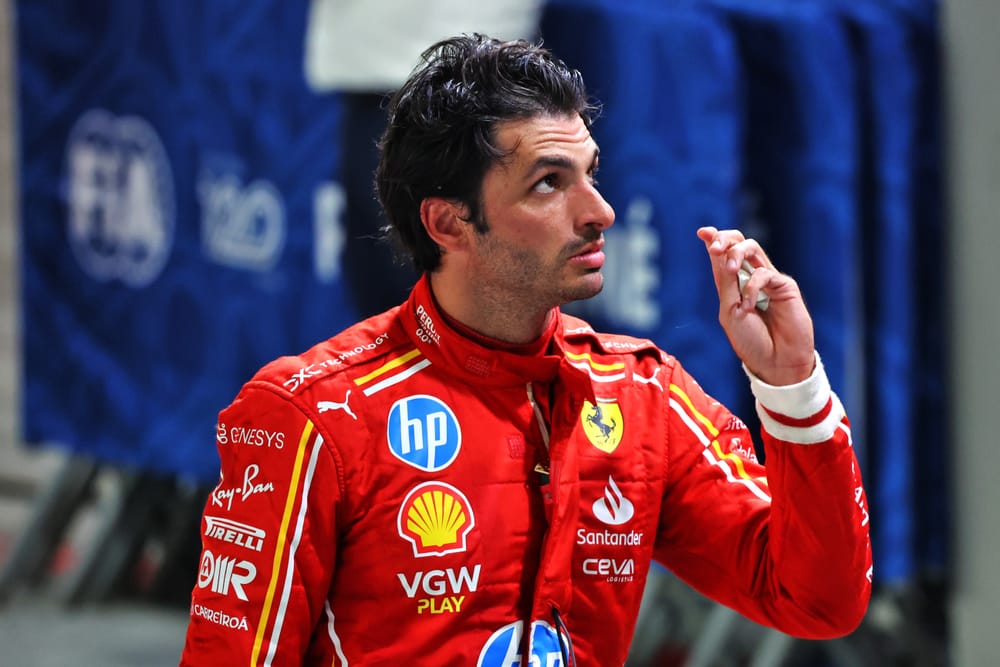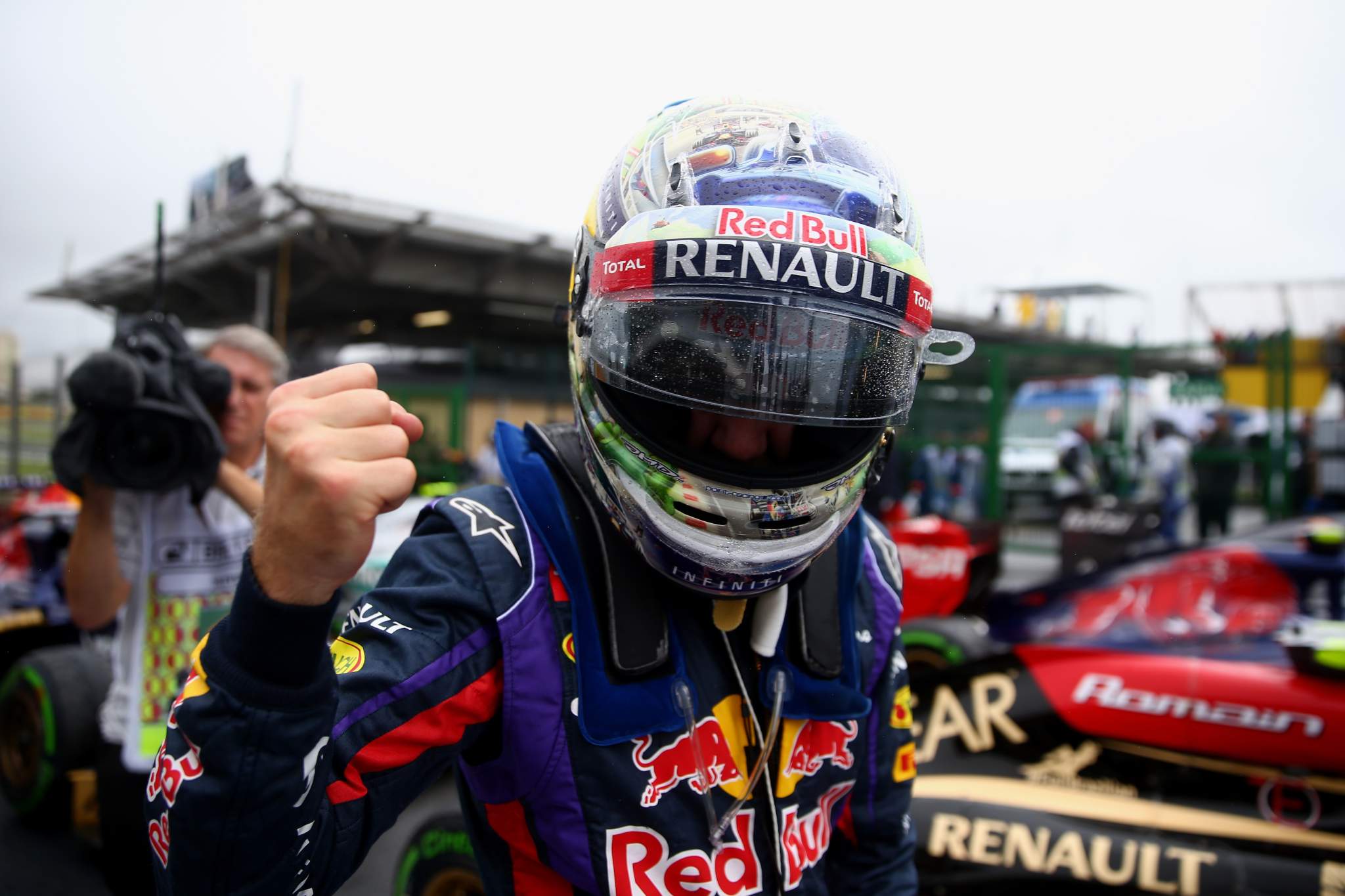Up Next

There was something simultaneously wistful and urgent in how Carlos Sainz spoke of the rest of the 2024 Formula 1 season at the end of a disappointing Singapore Grand Prix weekend.
“I’m going to keep myself optimistic. Six races left in this long year. I’m going to work on my weaknesses and put myself in a better position for these last six races.”
And he needs to, because for Sainz more than anyone else in the top four teams on the F1 grid, there’s a ticking clock hanging over those last six races.
They may well be his last chance to win in F1.
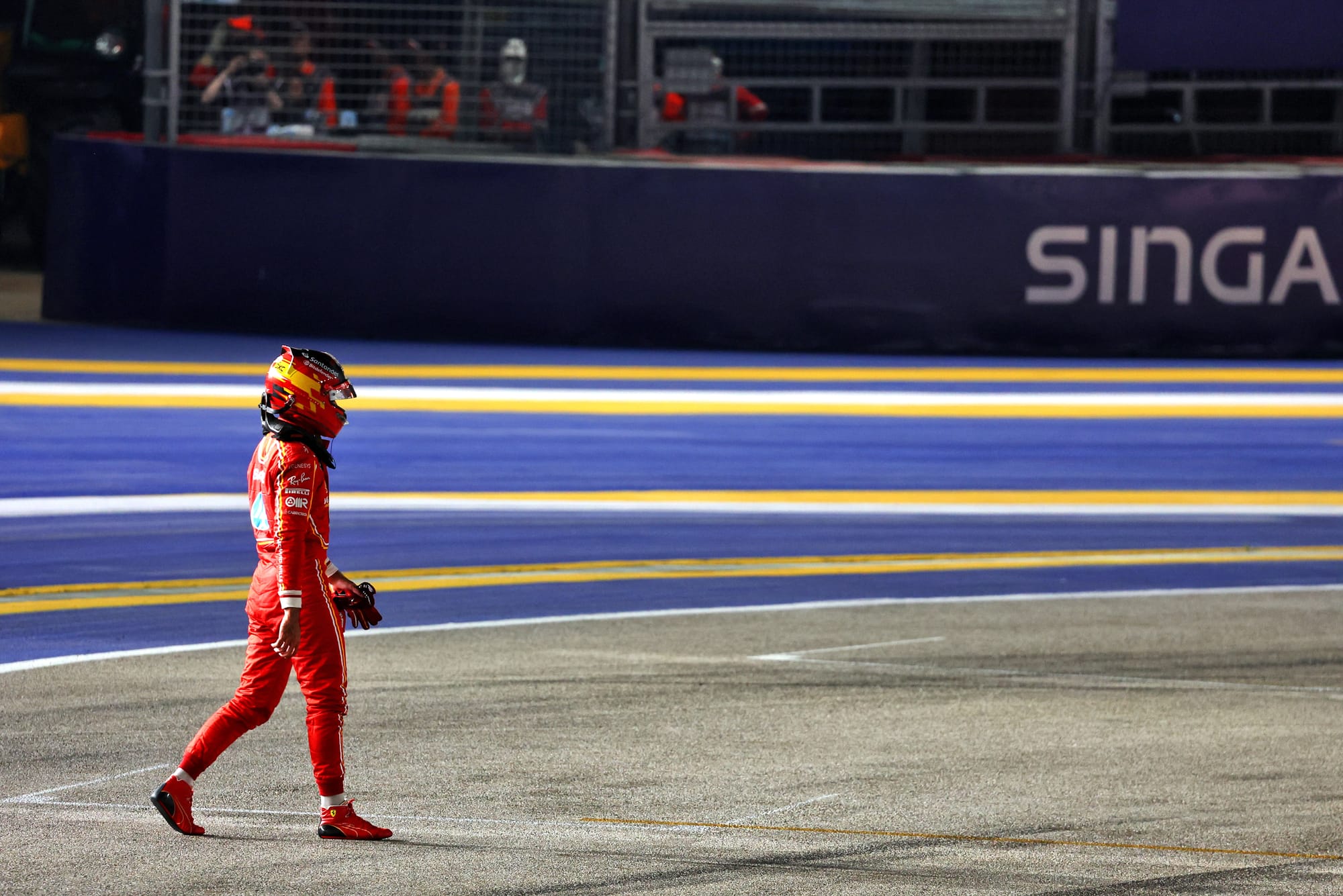
He’s only 30. But 30 is not 18 like the man Mercedes picked over him for 2025 - Kimi Antonelli. And he’s been in F1 for a decade, which is a lot less than his compatriot and friend Fernando Alonso. But still closer-to-the-end-than-the-start territory most likely.
But the main thing is: he’s about to leave Ferrari. And life after Ferrari in F1 is just rarely good.
Let’s take the start of ‘Schumacher era’ at Ferrari (1996) as a representative cut-off.
Seven full-time Ferrari drivers have left or lost their seats since that period - Eddie Irvine, Rubens Barrichello, Michael Schumacher, Felipe Massa, Fernando Alonso, Kimi Raikkonen and Sebastian Vettel. Between them they started 554 grands prix at other teams in their post-Ferrari lives.
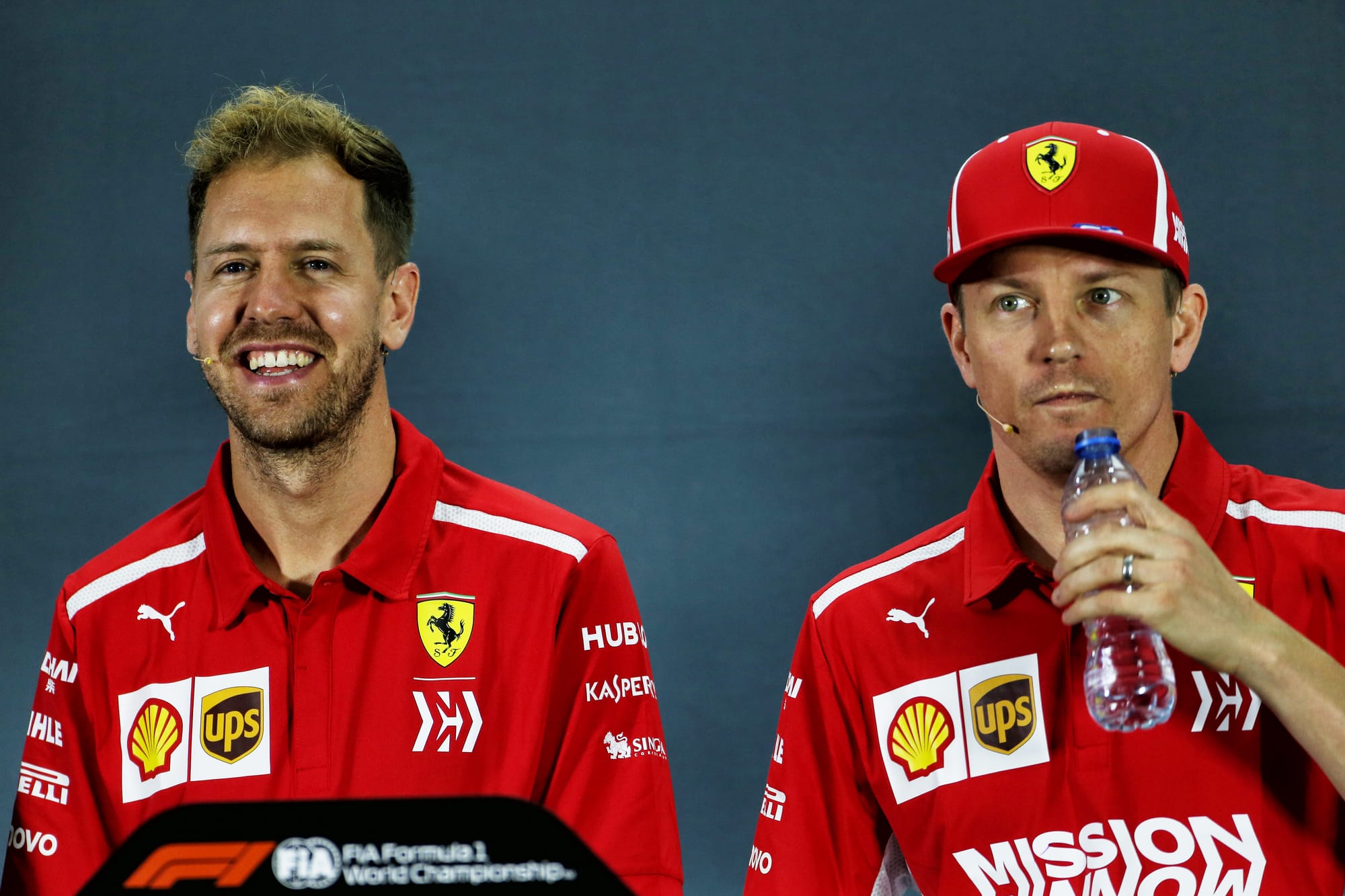
Barrichello’s pair of 2009 wins amid the Brawn miracle are the only victories in any of those 554 races.
If you skew the stats with Raikkonen’s ‘between Ferrari deals’ meandering then you can throw in two Lotus wins and a back-at-Ferrari win. But also some rally crashes and a lot of underachievement.
BIG DREAMS DASHED
Irvine, Barrichello and Alonso’s hopes for life at Jaguar, Honda and McLaren-Honda after Ferrari were much higher than the reality turned out, same for Schumacher with his eventual return with Mercedes. They weren’t exactly expecting to be stepping up on the grid, but they weren’t anticipating plunging down it either.
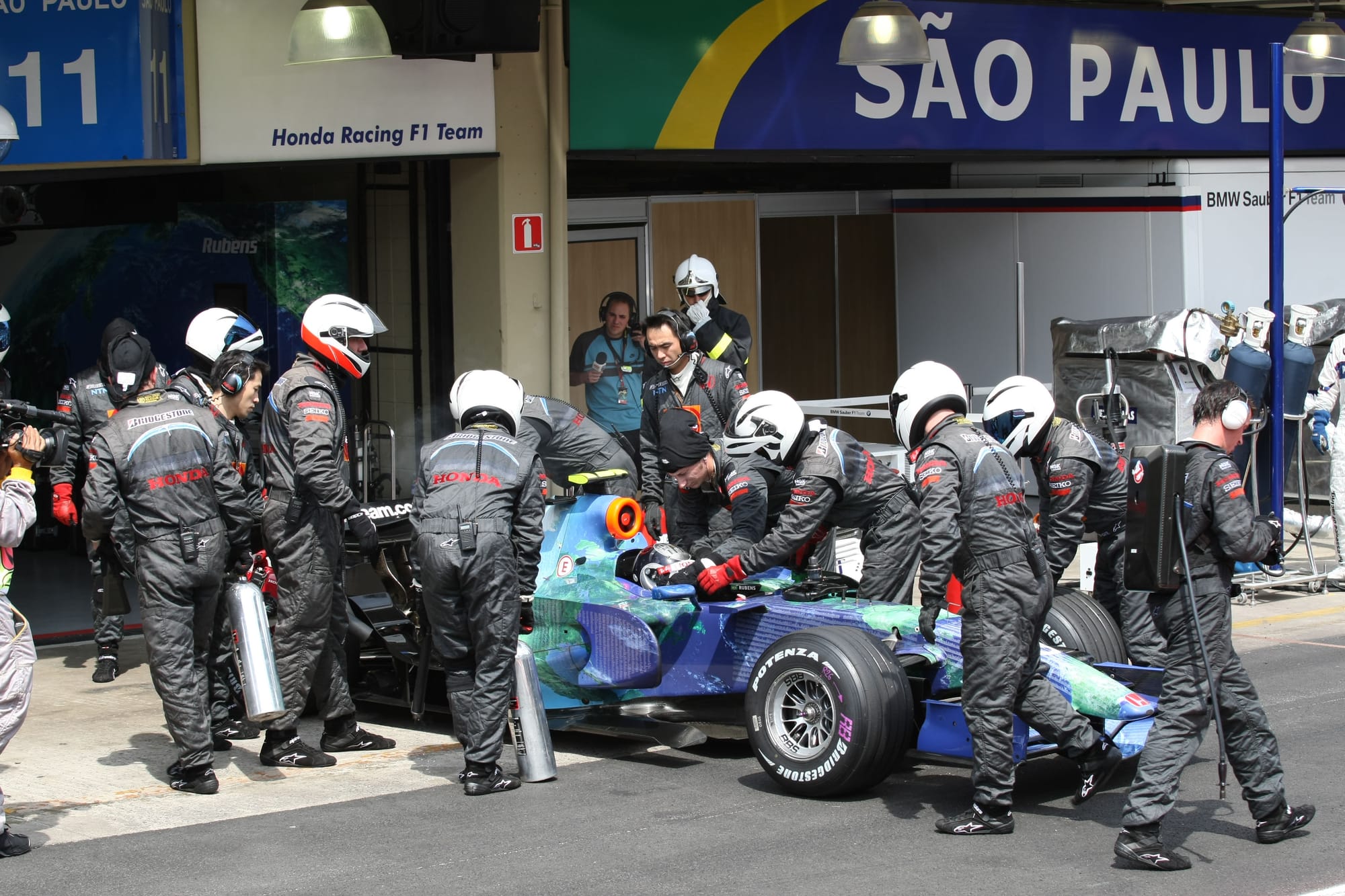
But Irvine underestimated how corporate Ford would rid Jaguar of everything that was working in predecessor team Stewart, Barrichello was overshadowed by Jenson Button at Honda (pictured above) even before the team went catastrophically off course, Alonso experienced all the worst of McLaren and Honda and Schumacher was only at Mercedes for the post-Brawn reconstruction. Alonso aside, none of them was exactly delivering their career-best work behind the wheel post-Ferrari either.
MIDFIELD CAREER TWILIGHTS
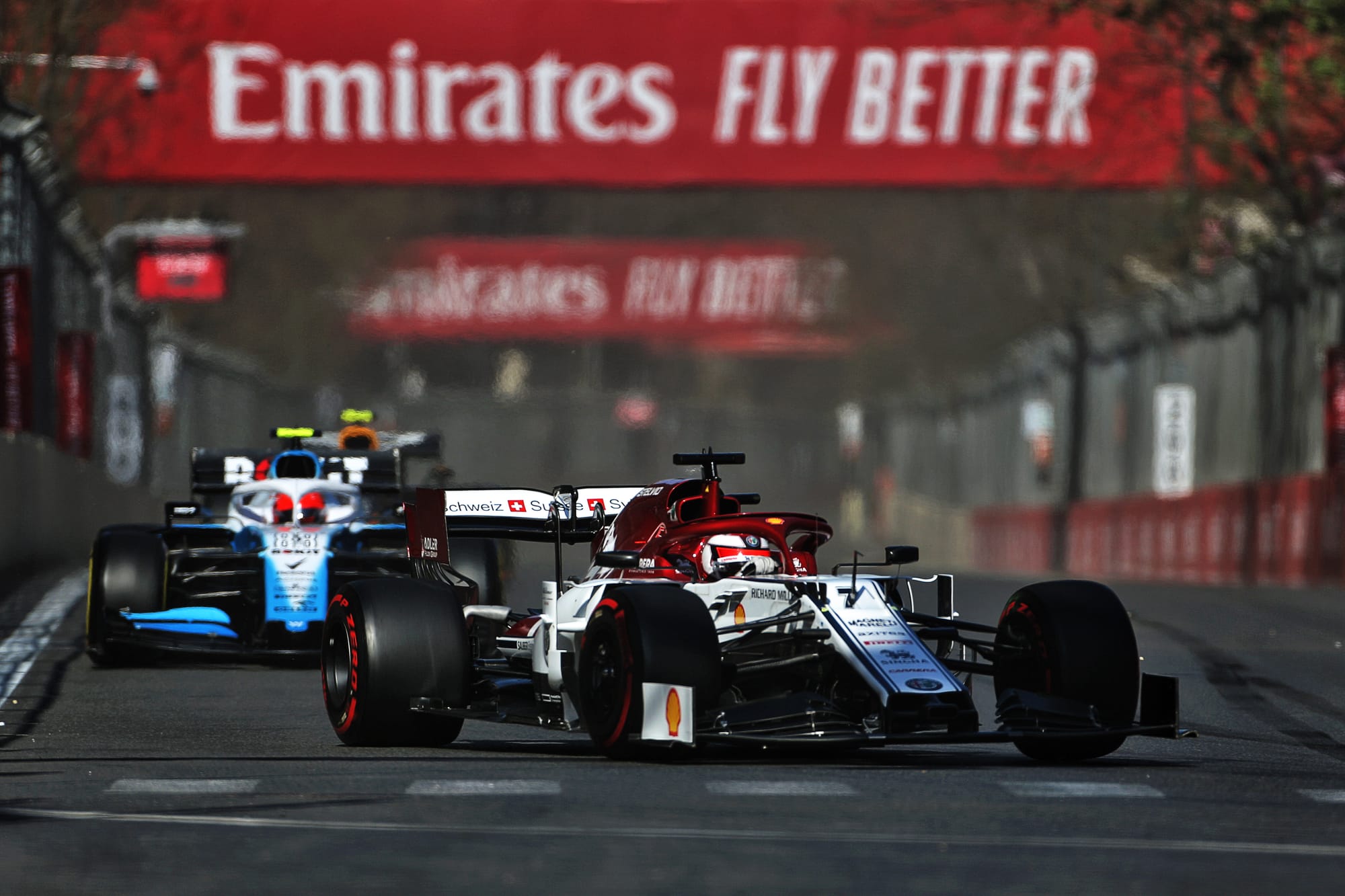
Massa and Raikkonen’s expectations of Williams in 2014 and Alfa Romeo in 2019 respectively would’ve been more measured than all the big moves listed above.
Though Massa is unique on this list in life after Ferrari starting with an initial upswing as Williams’s decent 2014 brought him more podiums and points and a better championship position than his final two Ferrari seasons had, his final F1 seasons drifted towards anonymity thereafter.
Raikkonen at Alfa Romeo exceeded expectations on several occasions but those expectations were always modest given his late-Ferrari-era performances and how little motivation Alfa's situation might give him on a bad day.
And Vettel rehabilitated his reputation as a driver and reminded the world of his great personal qualities at Aston Martin once free of Ferrari, but the achievements of Sergio Perez in the Racing Point era before him and Alonso after him suggested Vettel’s greatest value by then was off-track.
Is there a meaningful pattern here? Just about. Some of Ferrari’s more fractious eras have been draining for the drivers at the epicentre of them and they’ve exited as ‘damaged goods’.
Generally though it’s more the case that Ferrari is just a pinnacle career destination. It’s probably not a team you leave by choice, and if you haven’t lived up to expectations there, other top teams probably feel they know all they need to. Or because it’s a pinnacle destination, you stay so long that you’re in career twilight territory when you move on.
NO WAY BACK?
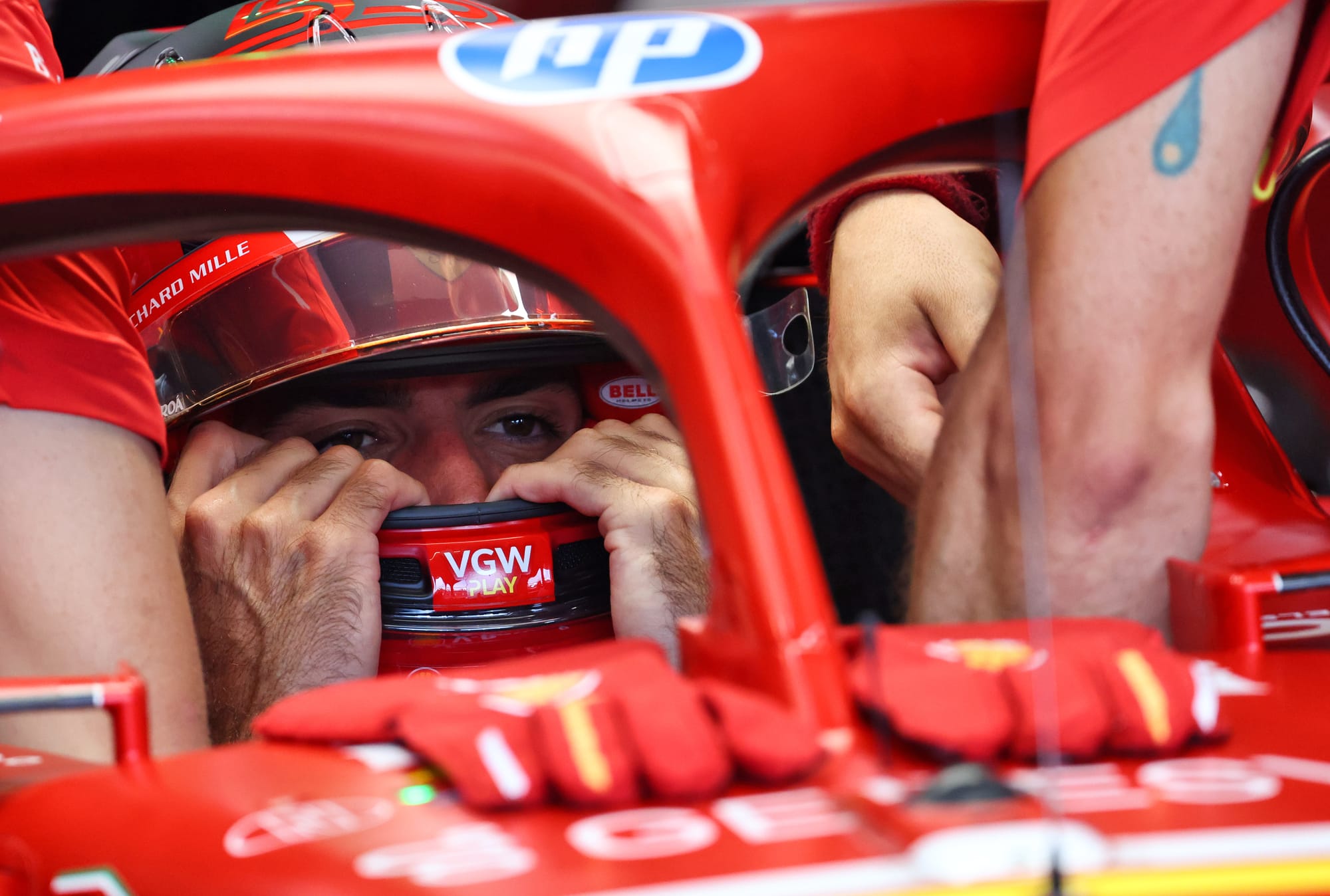
Had Mercedes decided to hold off on Antonelli or Red Bull decided pairing Max Verstappen and Sainz again would actually have been fine, Sainz had every chance to change the trend of post-Ferrari career slumps.
Instead he’s heading to a Williams team that may be getting ever more respectable, but has still finished last in four of the past six constructors’ championships and only taken two extremely anomalous podium finishes in the last eight seasons.
Will it be an environment in which Sainz can convince Mercedes or Red Bull to reconsider him in a future season or Ferrari or McLaren to realise he’s worth recalling?
Could he be well-placed to be Alonso’s successor in an Aston Martin-Honda sprinkled with Adrian Newey magic? Potentially. But the list of contenders for that car will not be short.
Sainz has plenty more to offer F1 and will perform well in it for a lot of years yet. After all, he's exiting younger than any of the seven drivers mentioned, bar Raikkonen's first exit.
But competitive logic and that sobering stat of two wins in 554 post-Ferrari races suggest that the next six events are the only chances he’ll get to add to his tally of three grand prix victories.

